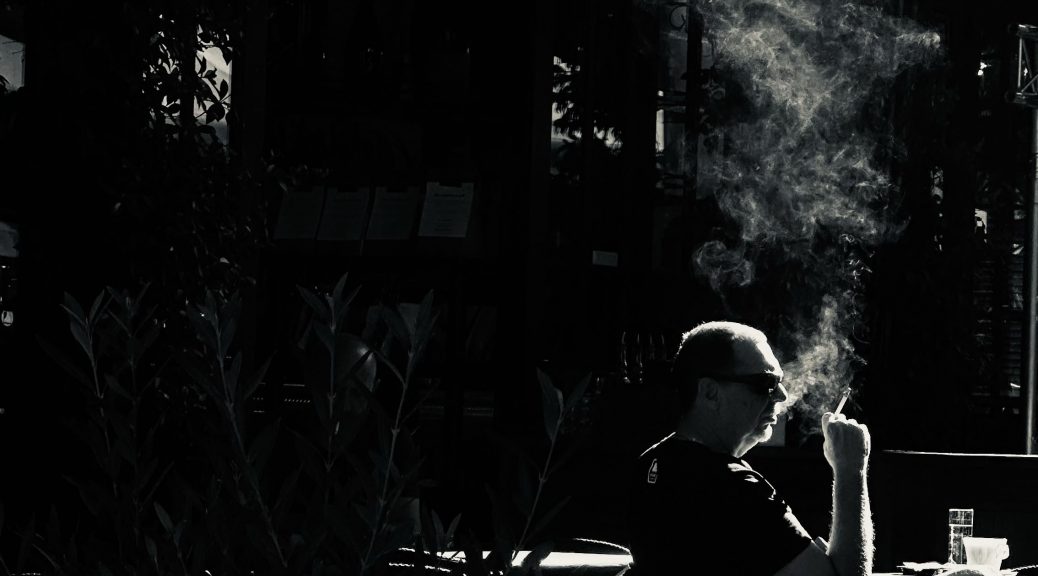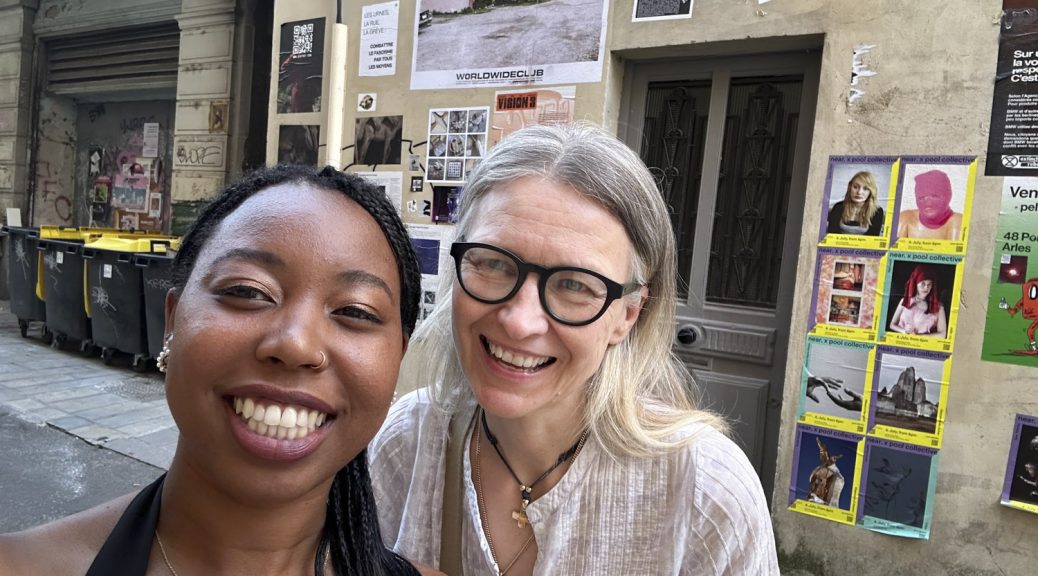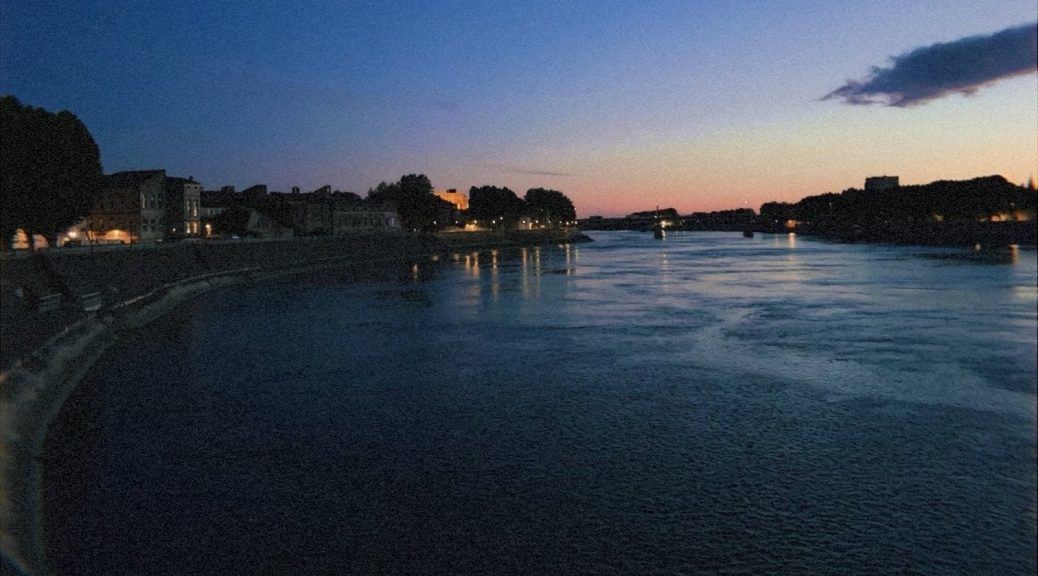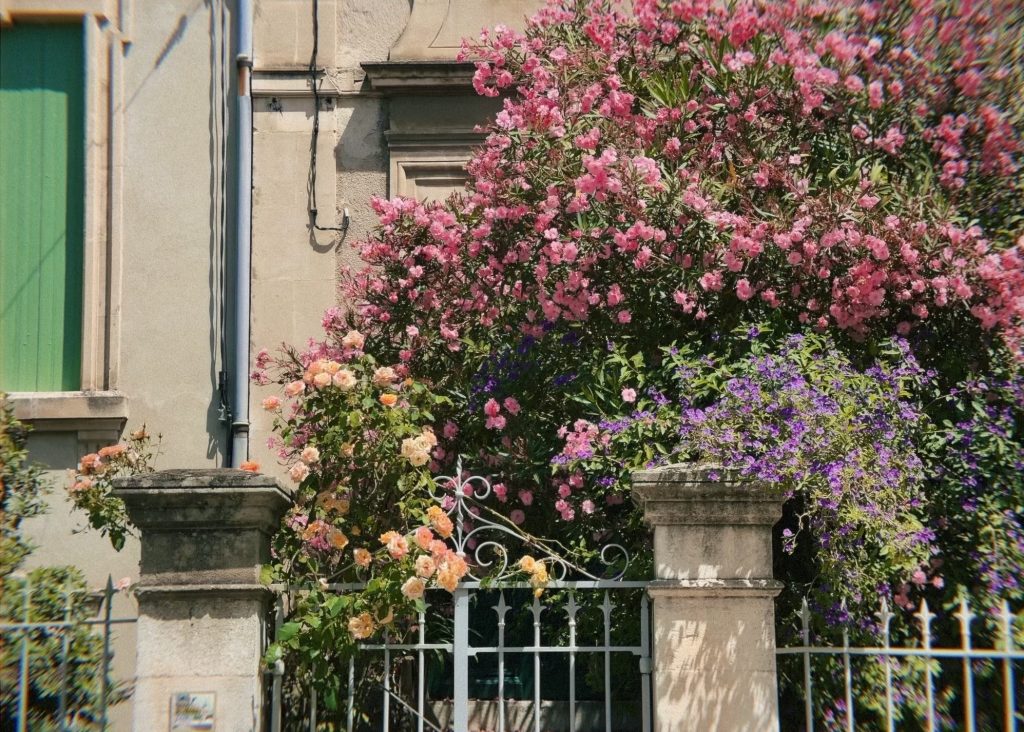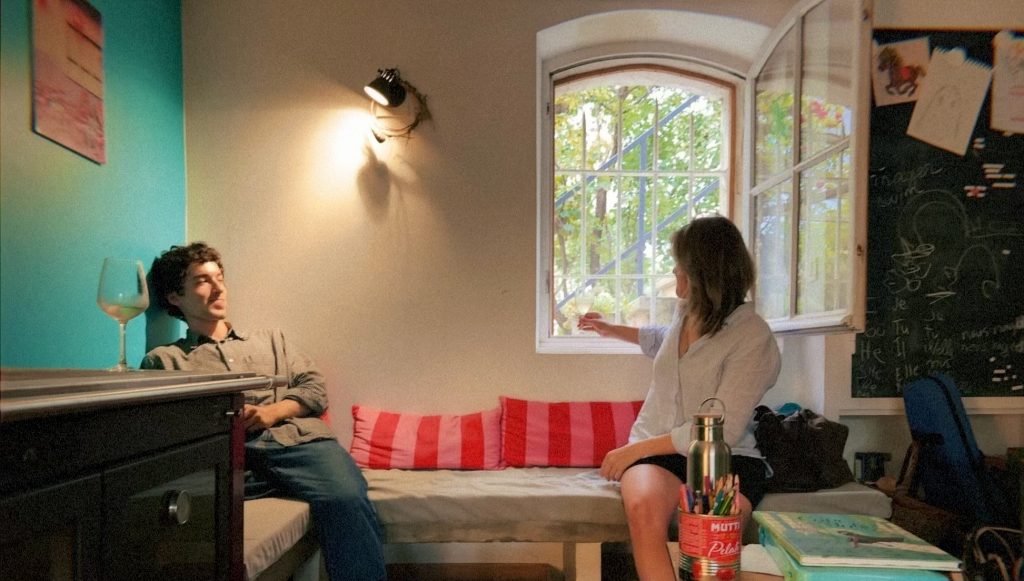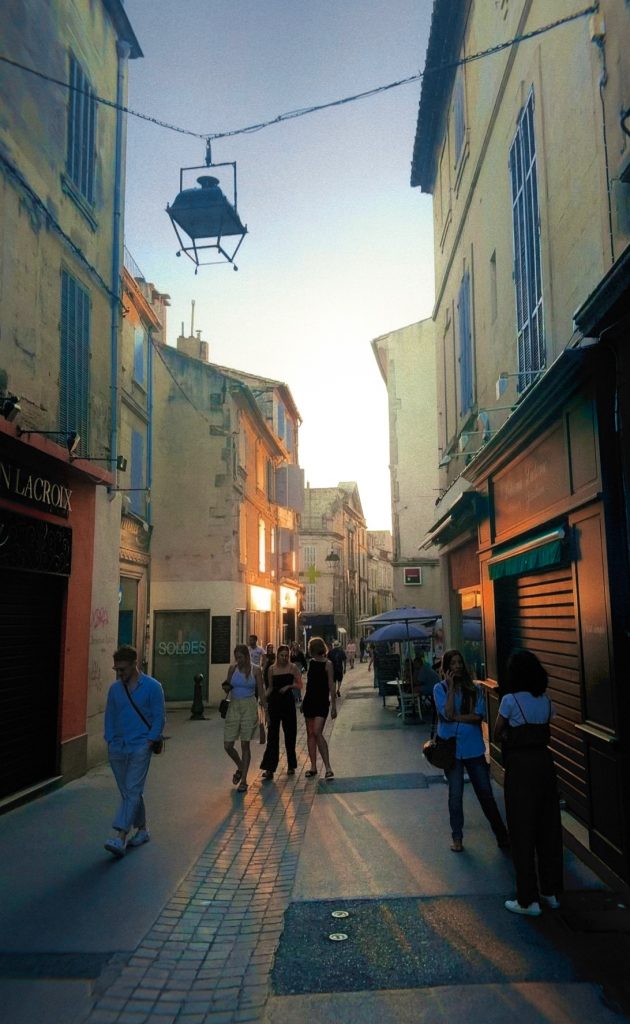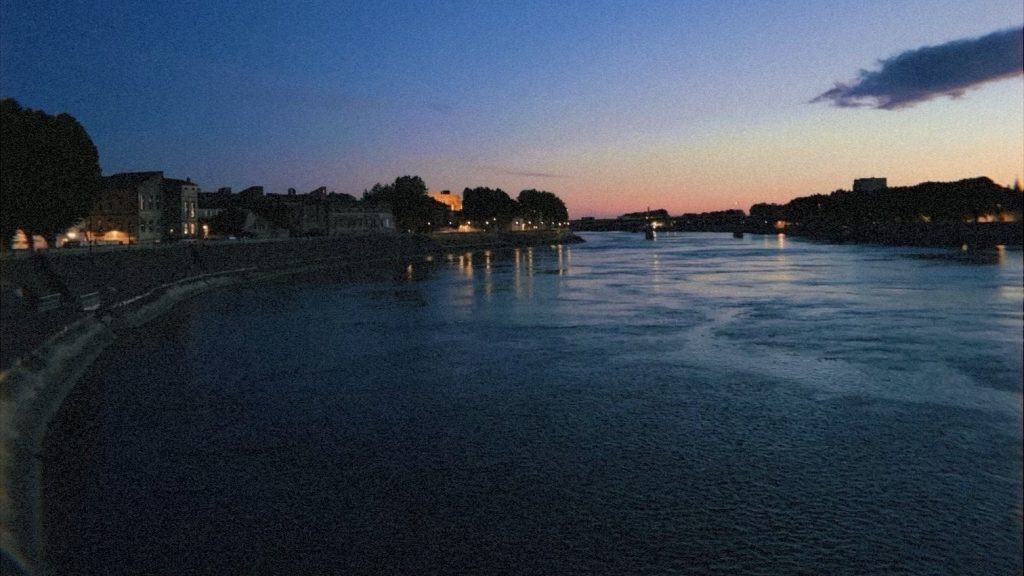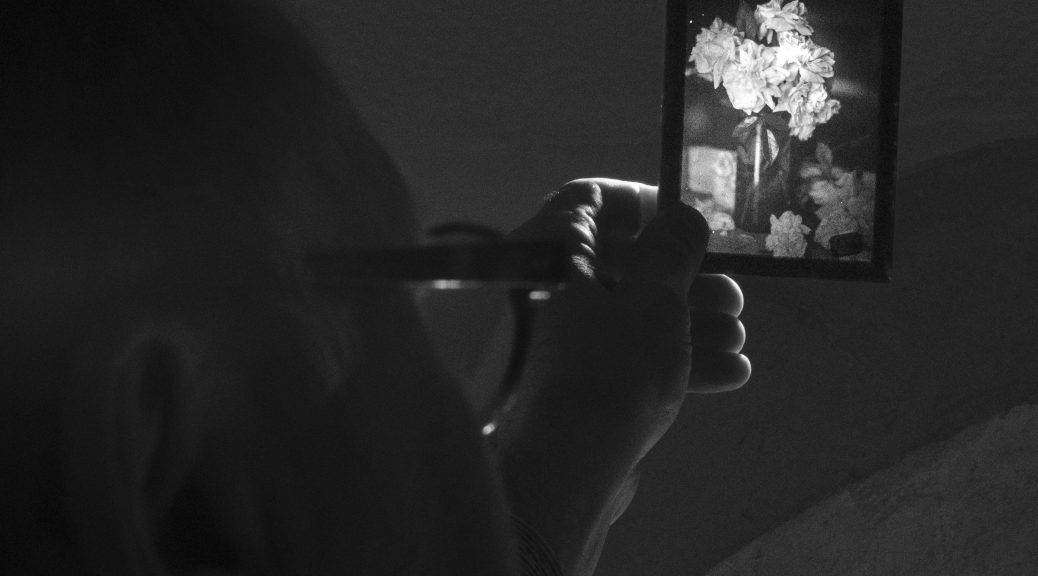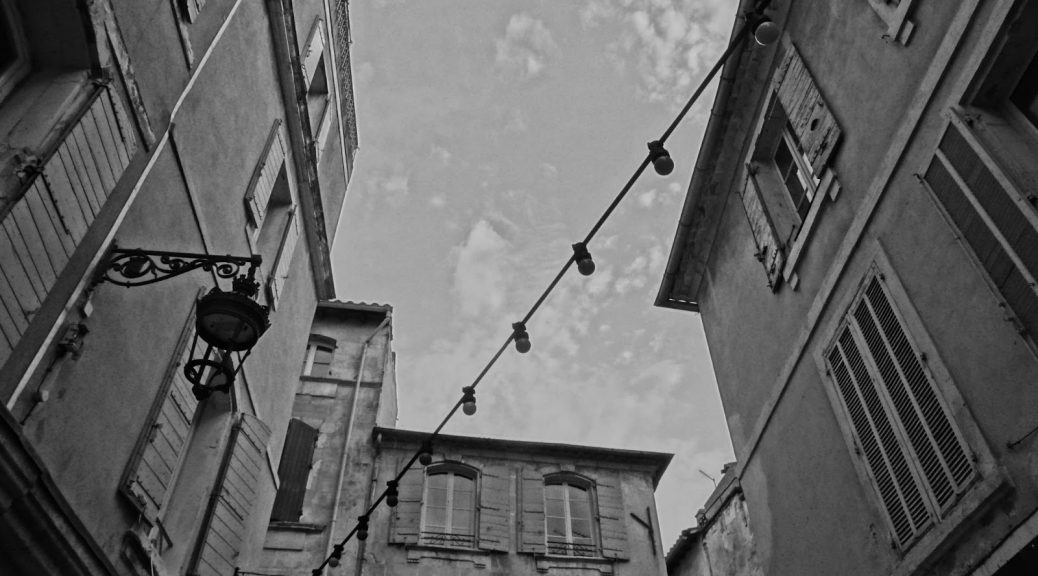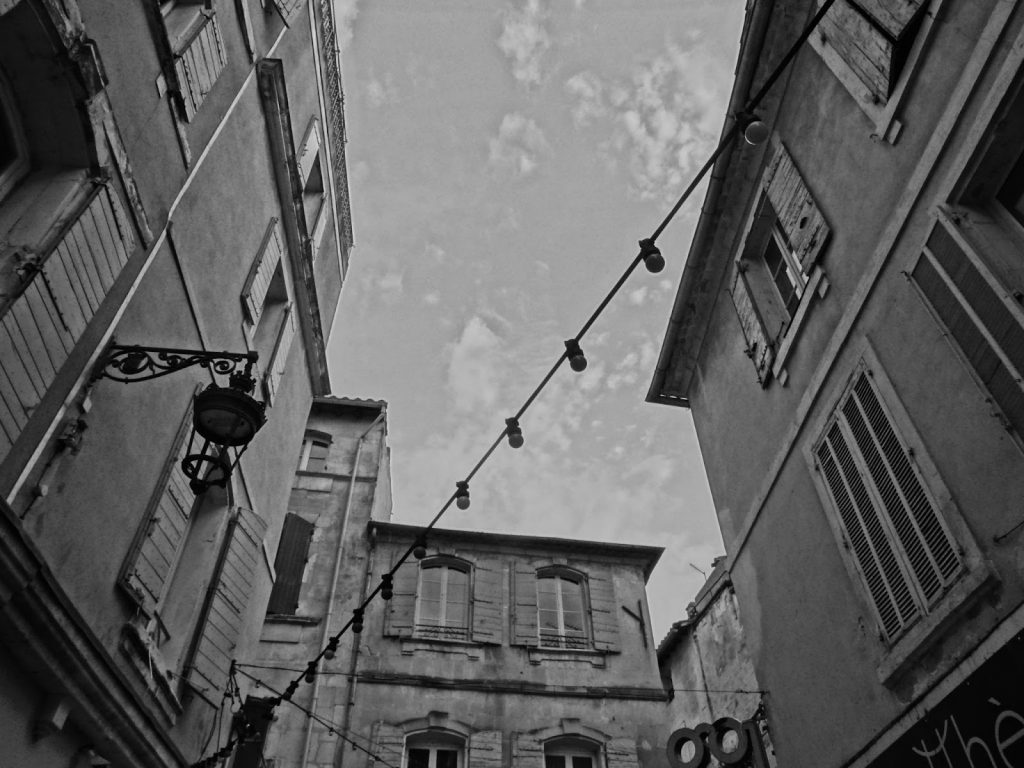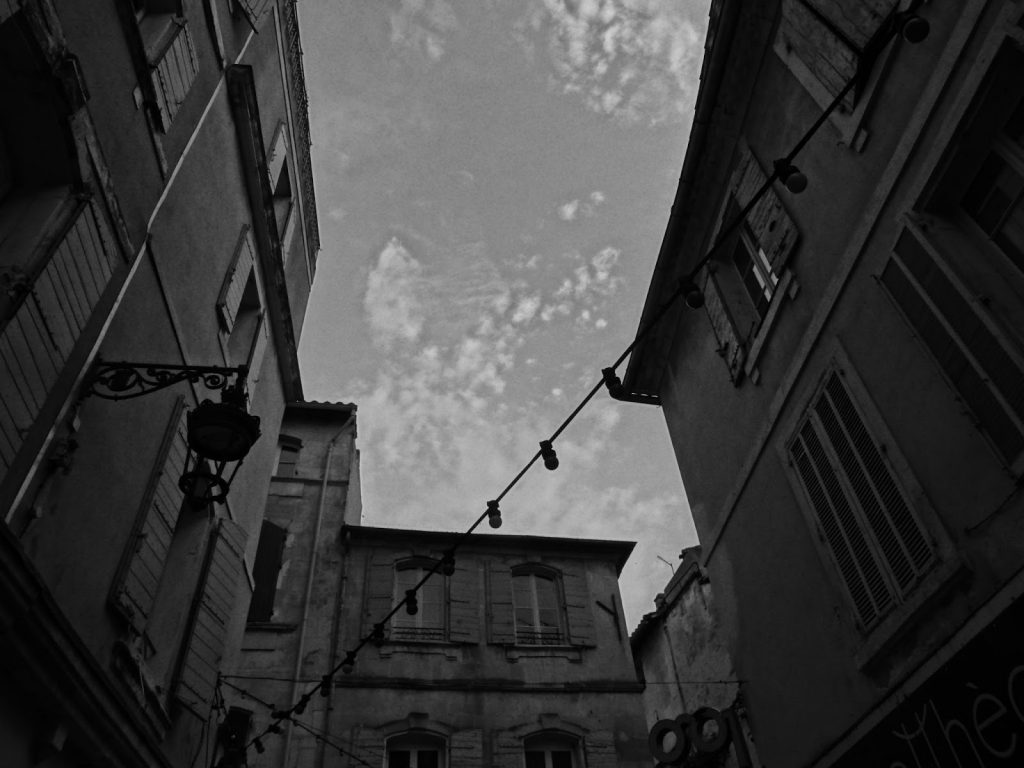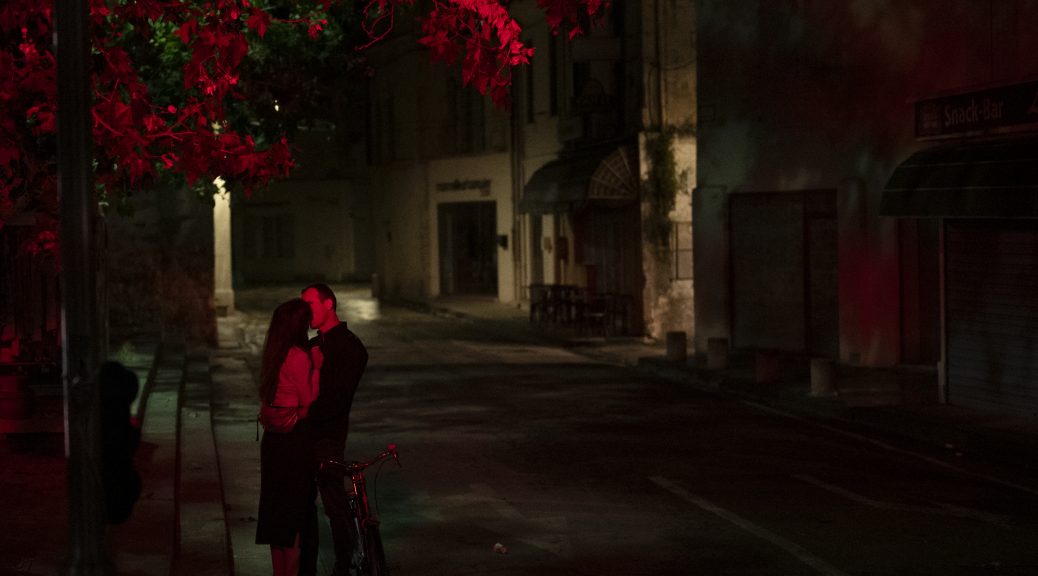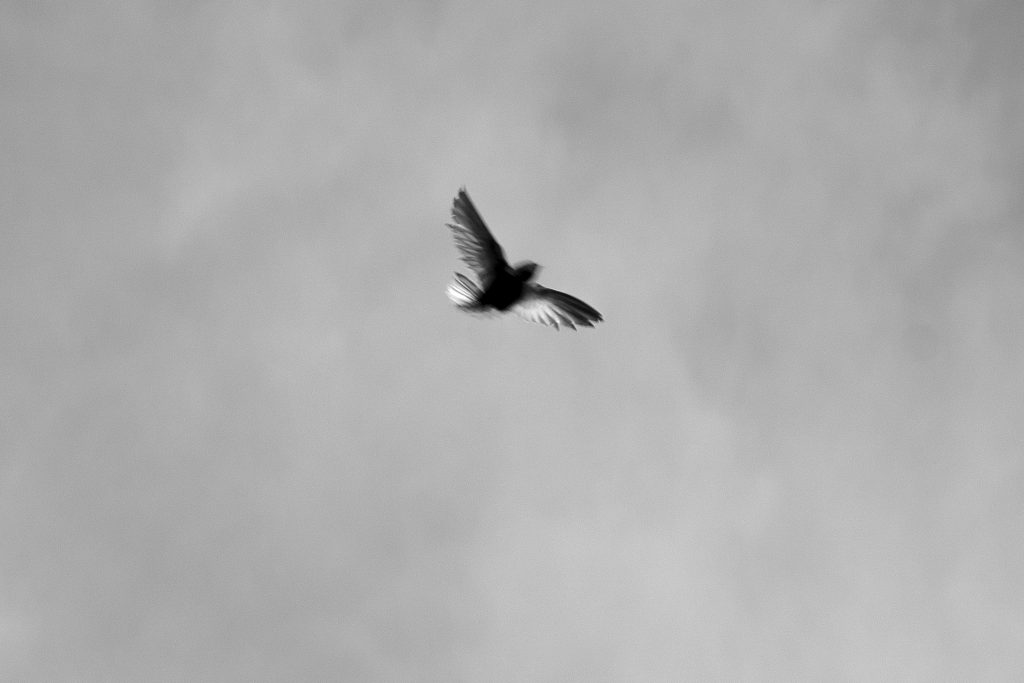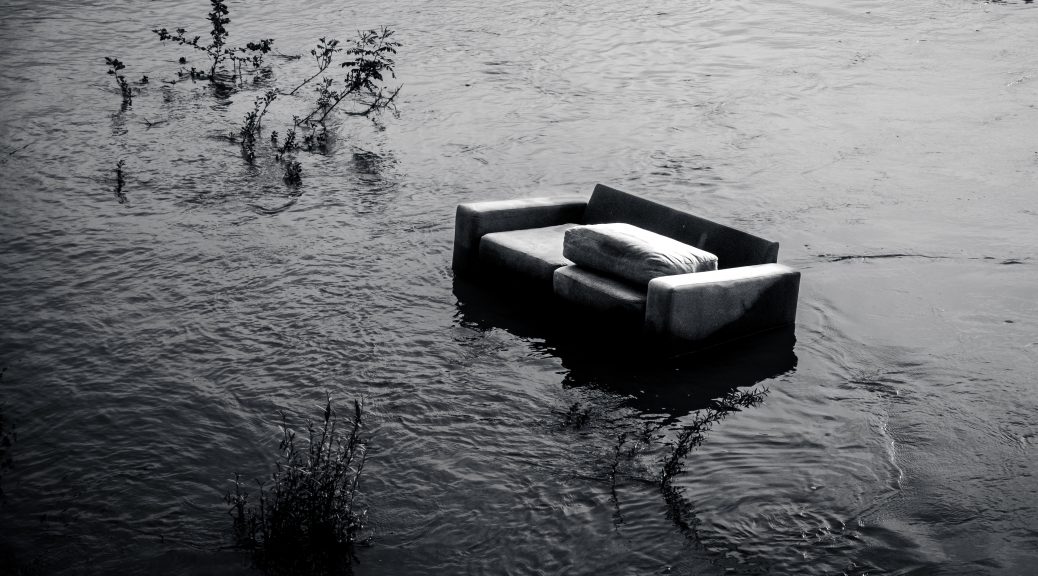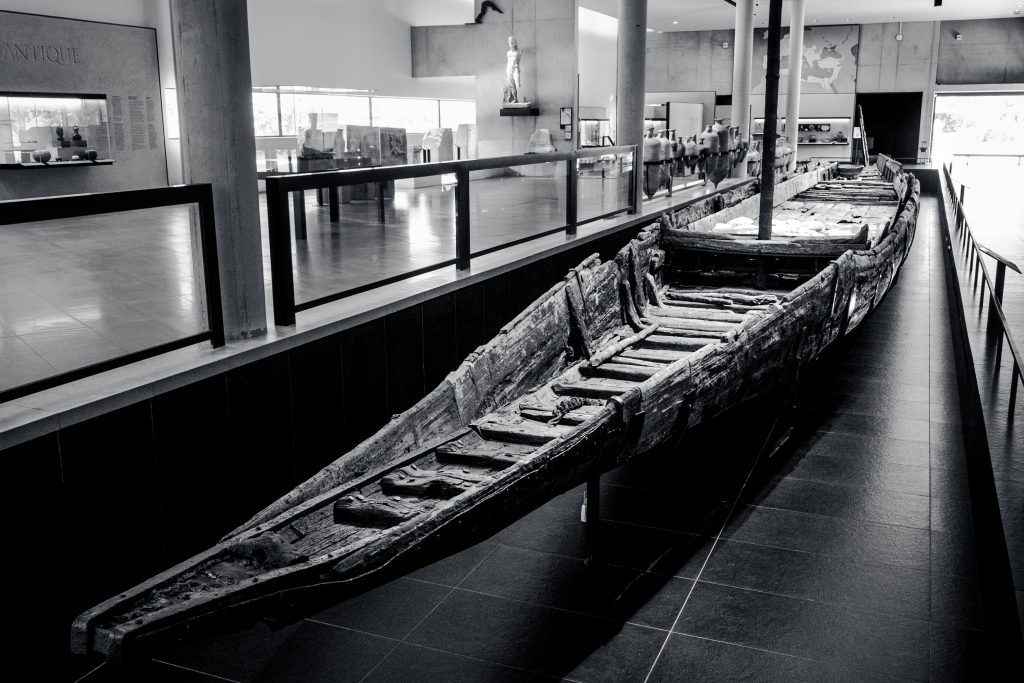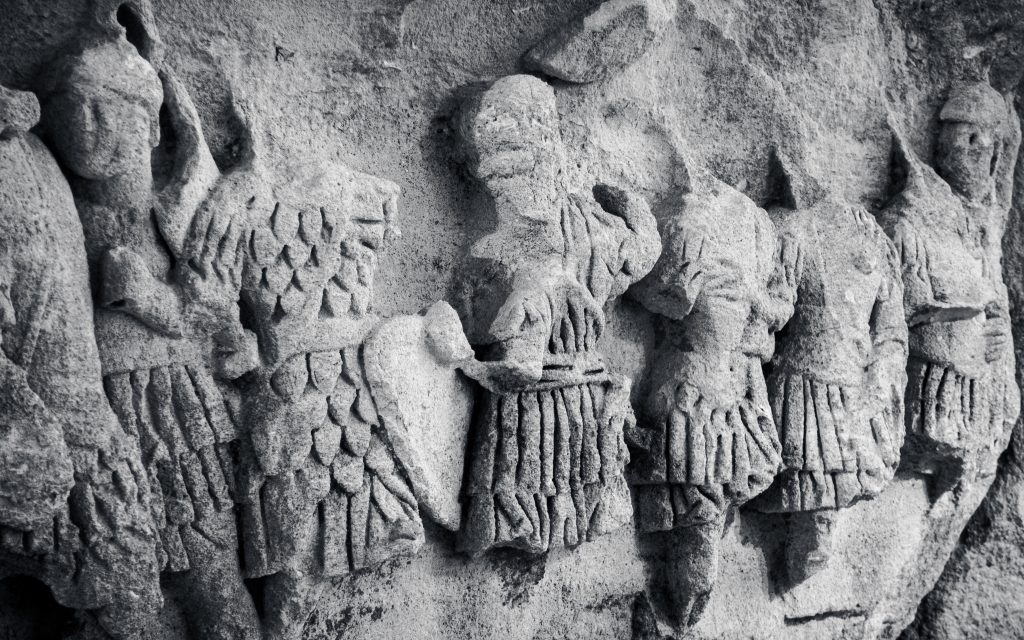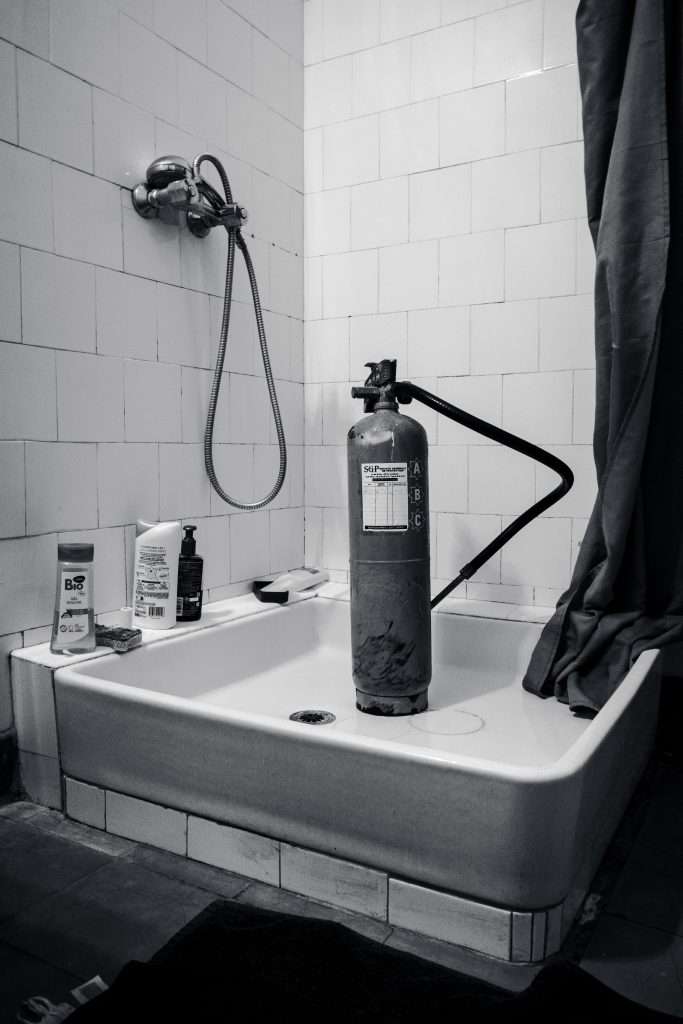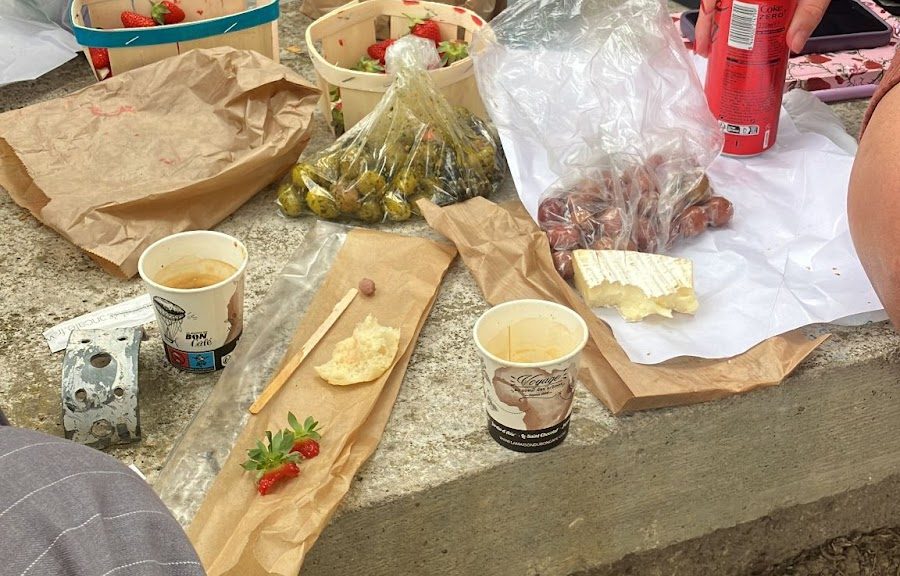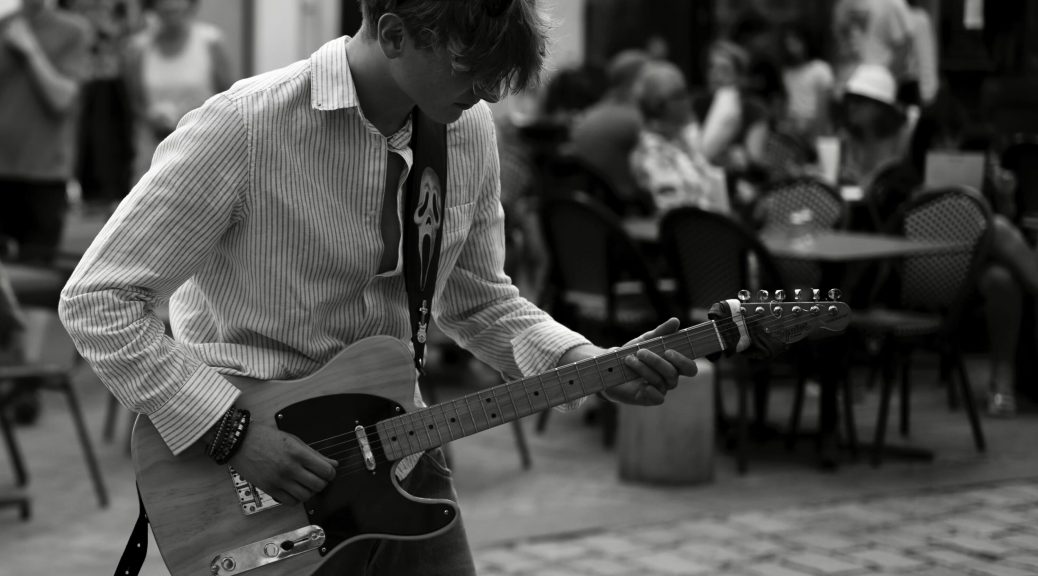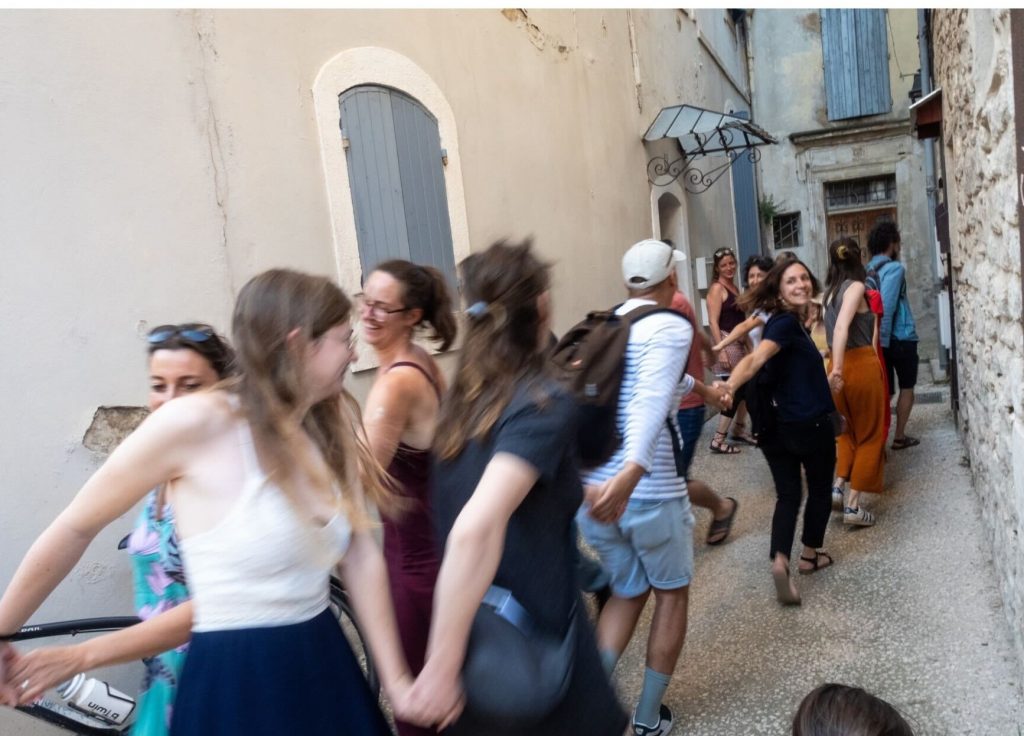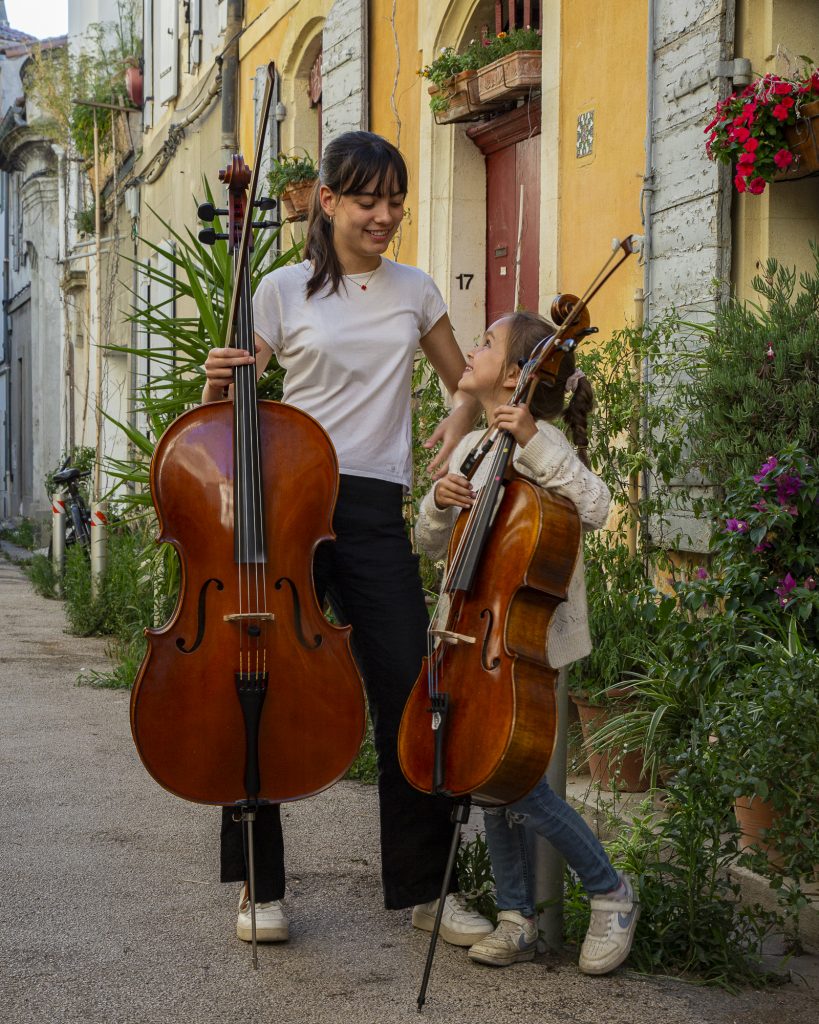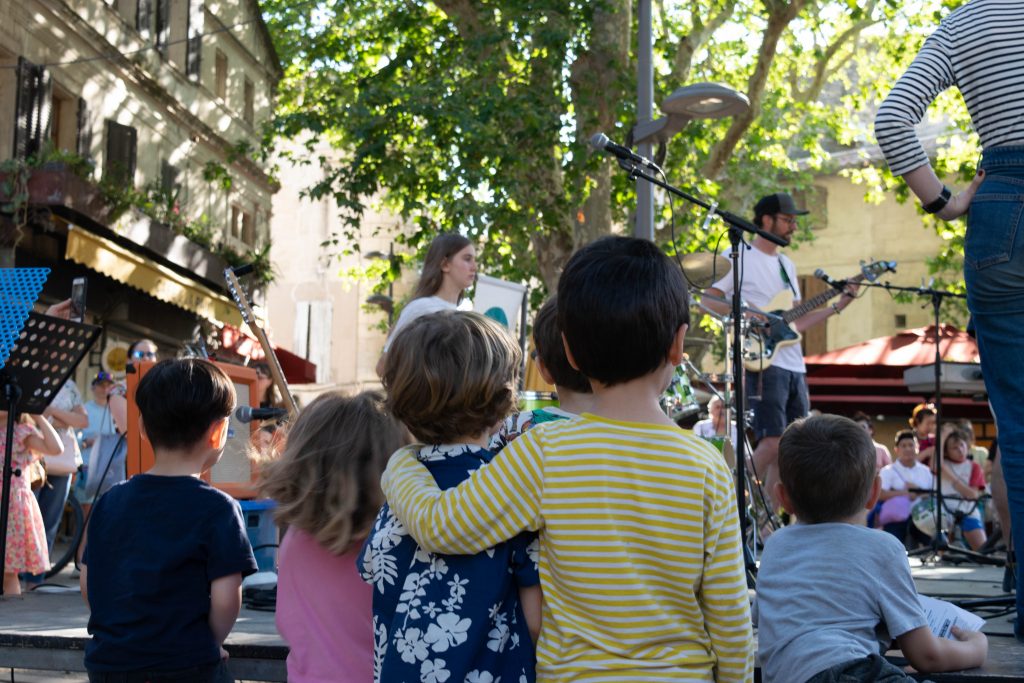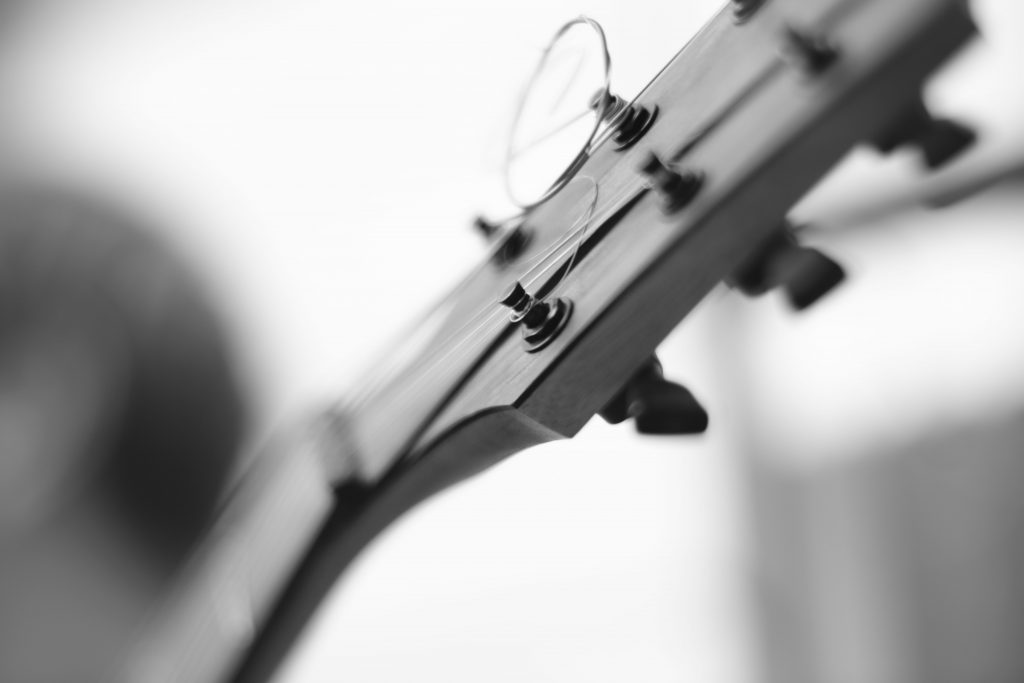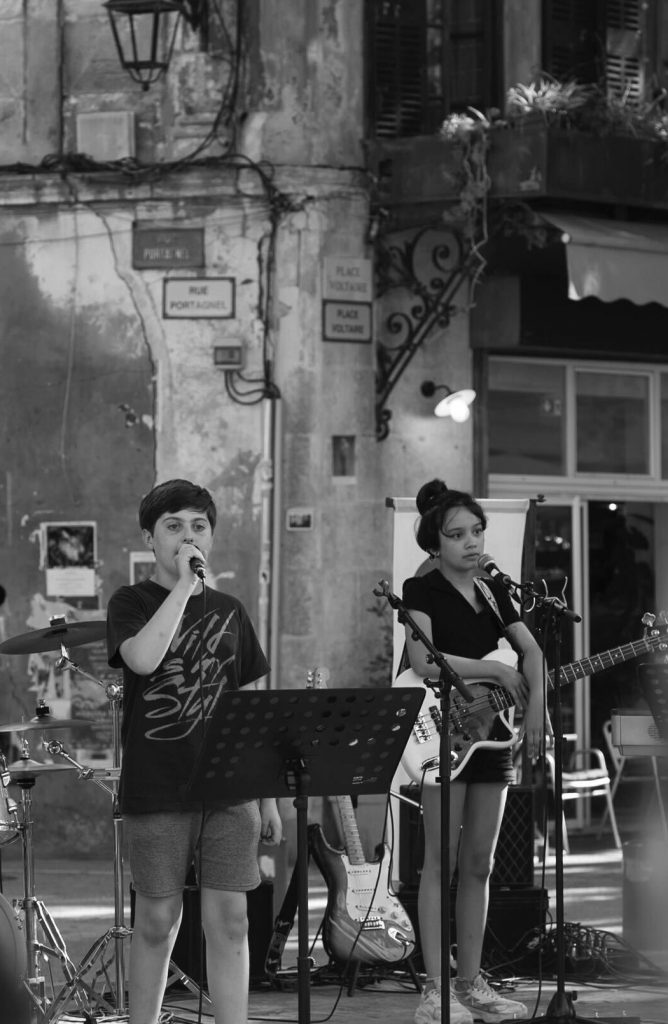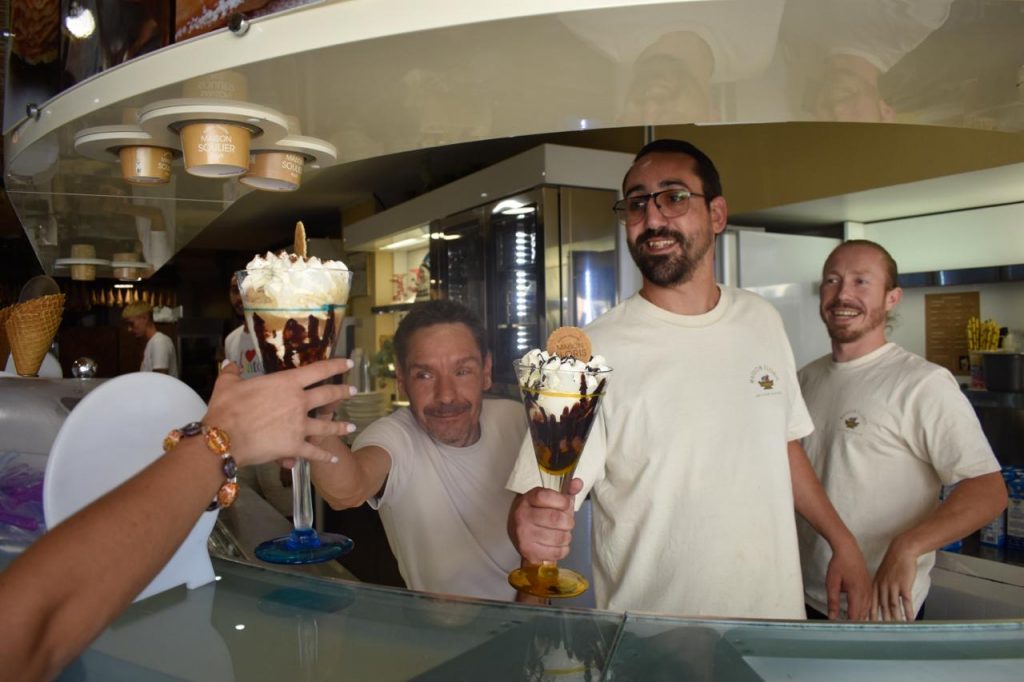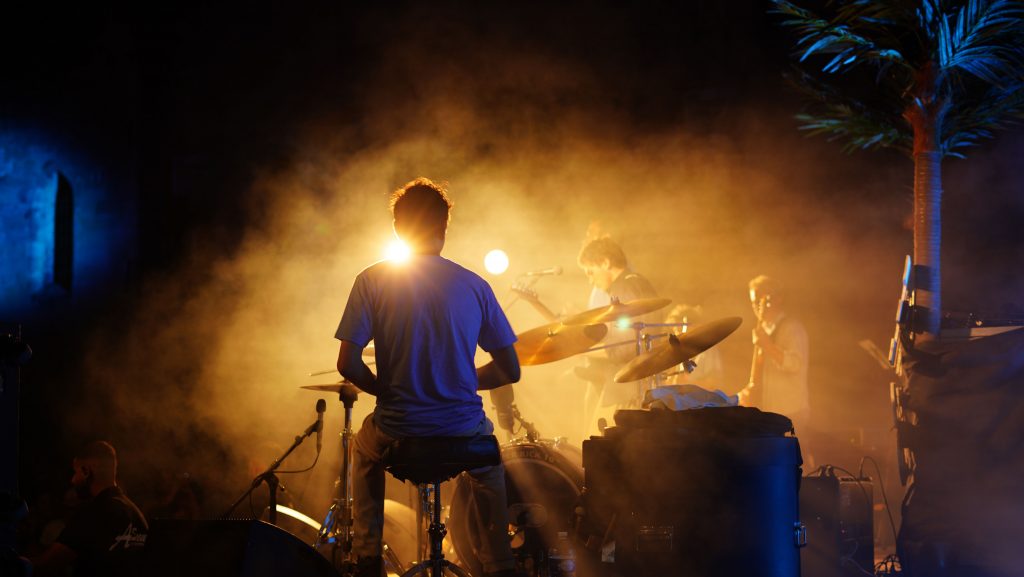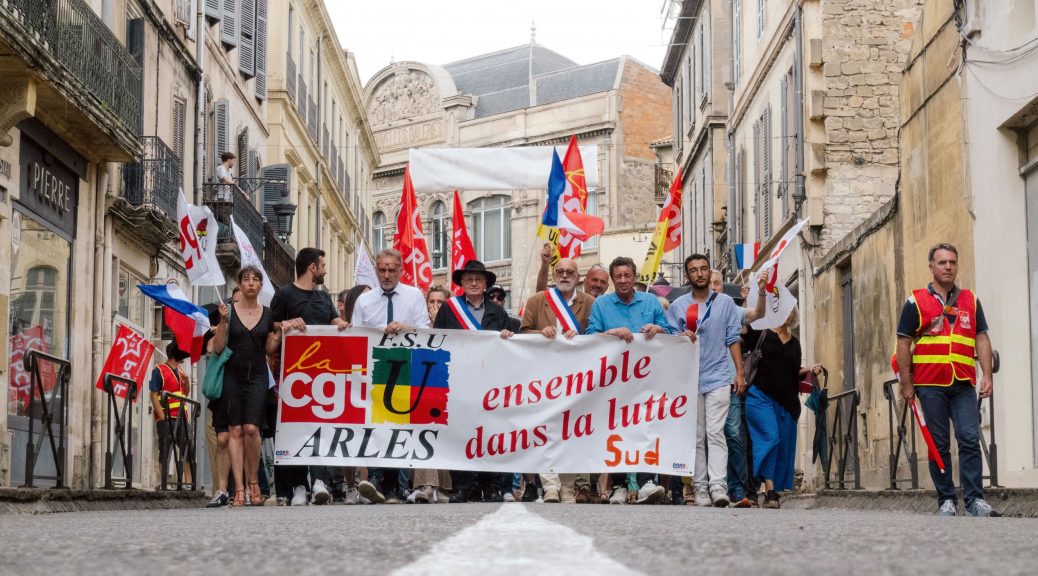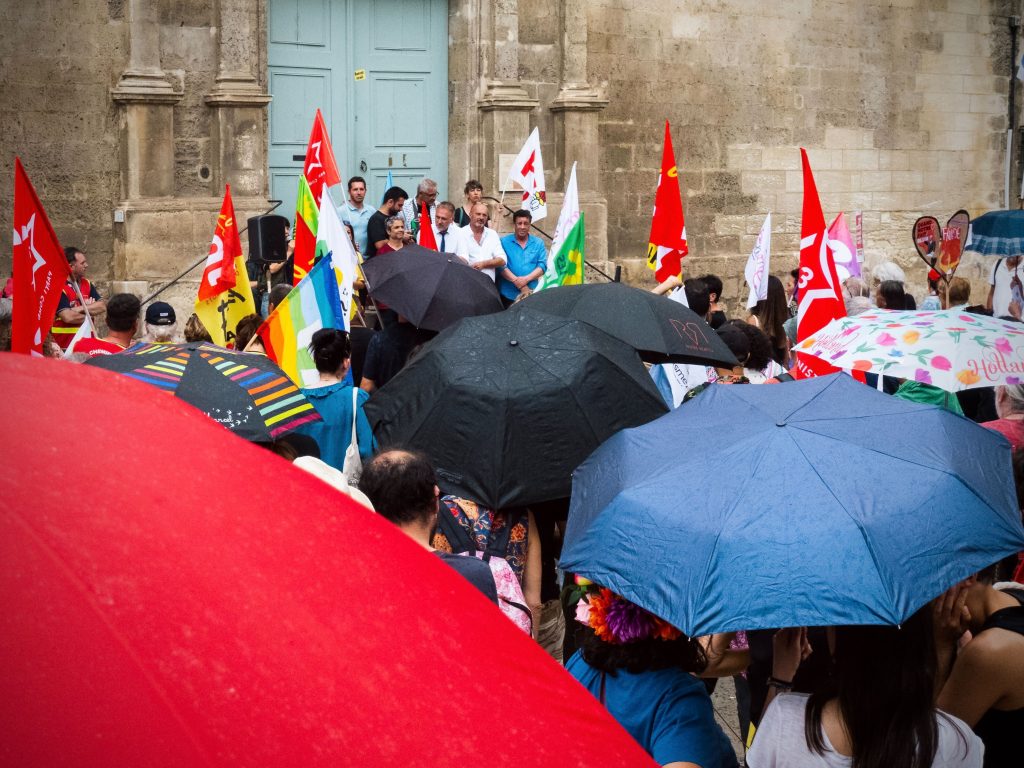Text by Lydia Perez
Photo by Malcolm Taylor
During the second week of my month in Arles, on a warm morning shortly before noon, I set out to take photos with a classmate. As we were getting ready to go and my classmate was packing up her camera equipment, we saw a little group of boys running around in the street. The oldest boy there, slumped over in a white shirt and shorts, was smoking a cigarette.
My classmate and I were in complete shock to see the boy, who looked to be about 10 years old, smoking a cigarette around the other little kids. In the United States, it’s not common for people, particularly little kids, to smoke cigarettes. As I’ve walked around Arles, I always find at least one person with a cigarette in their mouth followed by a cloud of smoke.
In the United States, it’s a bit more common for middle schoolers to start consuming cannabis. That still shocks me. But not as much as seeing the little boy in Arles letting out a puff of smoke.
We were hoping the boy wouldn’t influence the other little boys around him to start smoking. But a week later, as I was walking home with the same classmate, we saw the boy who had been smoking again on the same street. We also saw one of the other little boys down the street. He looked to be around 5 years old and was behind a trash can that was a bit taller than him. He had a heartwarming smile.
“Oh no, is it a vape?” my classmate asked.
Sure enough, the little boy put his fist toward his mouth and two seconds later smoke came out of his mouth. As soon as the cloud of smoke blew out into the air, my heart shattered. I’d never seen a child that young vaping.
At home, when people want to smoke a cigarette, a vape pen or even a marijuana joint, they usually ask others around them if they’re comfortable with the smoking. However, the times I’ve been out to restaurants or walking around in Arles, people casually pull out a cigarette and just light it up. I find myself wondering just what are the limits on smoking here.

